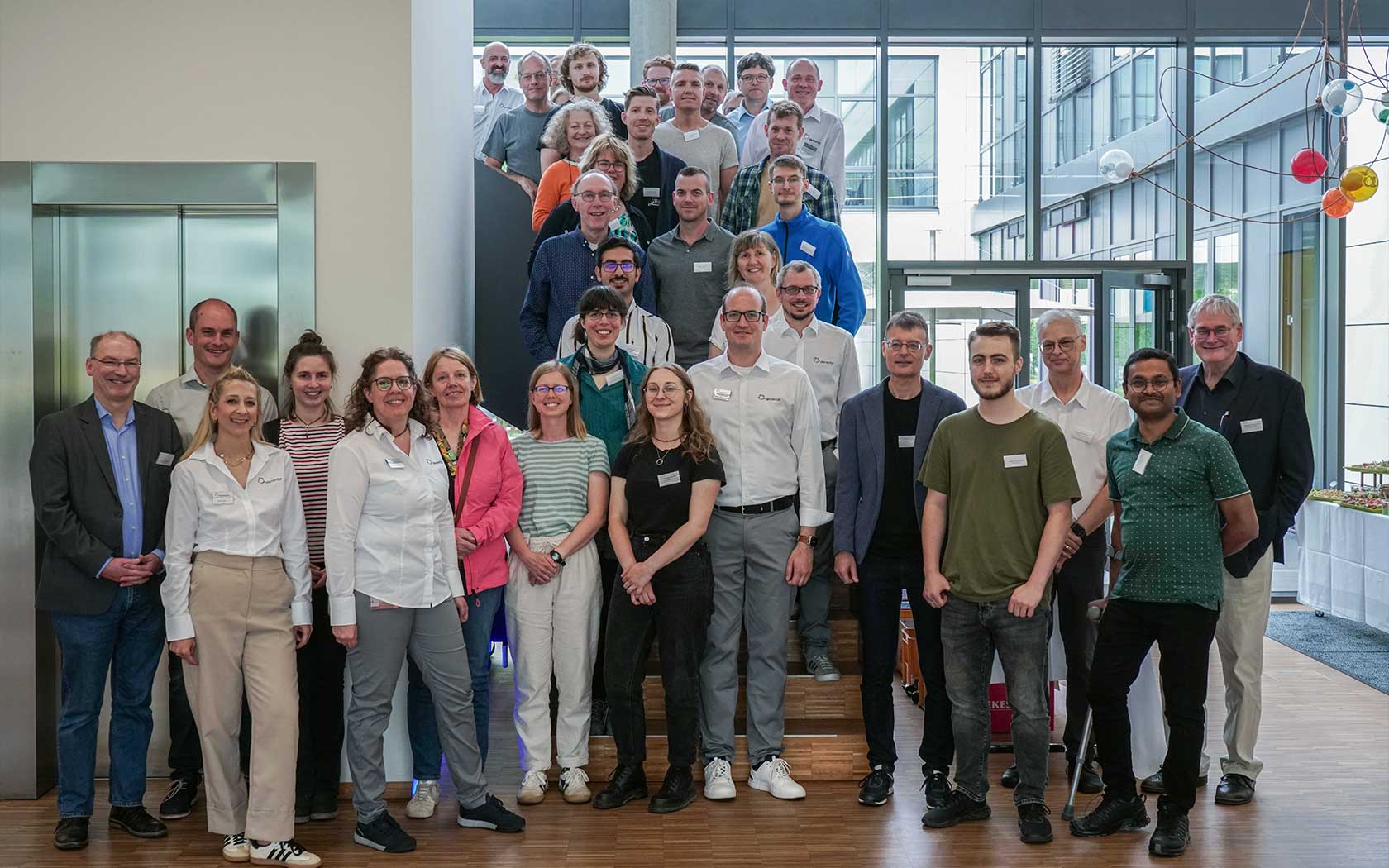
Special analysis methods for forensics, climate research and food
User meeting in Langenselbold provided information on applications and advances in stable isotope analysis
In early July, we invited around 30 experts from research laboratories, universities, companies and public authorities to an international user meeting at the company headquarters in Langenselbold, Germany, to discuss current applications and advances in stable isotope analysis.
“It was the first user meeting since 2019. In the meantime, the meeting could not take place due to coronavirus. The new edition is intended to enable a direct exchange between our experts from research and development, production, laboratory and sales with customers,” says Kathrin Rosenthal, Sales Specialist IRMS Central Europe at Elementar Analysensysteme and organizer of the meeting.
The participants were afforded an exclusive insight into the production of analytical instruments on site in Langenselbold, where Elementar is active with a workforce of over 120 employees. All operational areas of the company, including research and development, production, application lab, quality assurance, service, sales and warehousing, are located on the same site.
Another element of the user meeting was the exciting and informative specialist presentations and field reports on applications in which the analyzers from Elementar are used. Leonard Wassenaar from the WasserCluster Lunz am See research institute in Austria, for example, reported on the fascinating flight of the North American orange and black monarch butterflies. In the fall, millions of these butterflies fly from the north to their wintering grounds in the Sierra Nevada northwest of Mexico City. Isotope analysis can determine exactly where the moths were born. Dr. Christine Lehn from the Institute of Forensic Medicine at the Ludwig Maximilian University of Munich showed how the analysis of stable isotopes on body tissue from dead people can help the police to identify unknown deceased persons. Dr. Andreas Rossmann, Managing Director of Isolab GmbH, presented the European Union's wine database. Isotope data on all EU wines has been collected there for over 30 years, which can be used, for example, to check for unauthorized treatment such as watering or sugaring of wines. The influence of climate change on wines can also be tracked.
Isotope analysis supports climate research
The method of isotope analysis utilizes an interesting property of various elements such as hydrogen, carbon, oxygen, nitrogen and sulfur. This is because these elements occur in isotopes of different weights. This means that they differ in the number of neutrons they contain. Isotope analyses determine the proportion of isotopes of a chemical element within a sample. “Using highly sensitive mass spectrometers, we can determine this isotopic composition very precisely and detect the small differences in mass. For example, oxygen and hydrogen isotopes can be used in plant ecology to determine the water sources of plants,” says Kathrin Rosenthal, describing one of the many possible applications.
Another important field of application is climate research. By determining the oxygen isotopes in drill cores from inland ice, researchers can draw conclusions about past weather conditions in Greenland, for example. In this way, information can be obtained about the average temperature and thus the warming and cooling of the climate in earlier times.
Elementar is a specialist in isotope analysis
Isotope ratio mass spectrometry, or IRMS for short, is a powerful technology that makes it possible to gain a more precise insight into a wide range of research areas, from palaeoclimatology and climate research to forensics, archaeology, food monitoring, doping control and the testing of oil deposits. “We develop and produce a comprehensive portfolio of IRMS systems for stable isotope analysis for this wide range of applications,” says Kathrin Rosenthal, describing the expertise of the medium-sized German company. Elementar's instruments are also equipped with special software from data acquisition to data analysis for stable isotope analysis.
“Equally important for the optimization of the IRMS method, however, is the direct exchange between us as instrument manufacturers and the users, and the discussion of practical applications. The meeting was an optimal forum for mutual learning and the establishment of trust,” resumed Kathrin Rosenthal, drawing a positive conclusion from the user meeting, which will now take place regularly.
In the end, the participants of the successful new event edition could be sure: Elementar meets increasing demands on analytics as well as data processing and evaluation with continuous optimization and further development of its analytical systems to support laboratories worldwide.